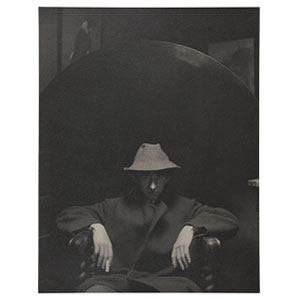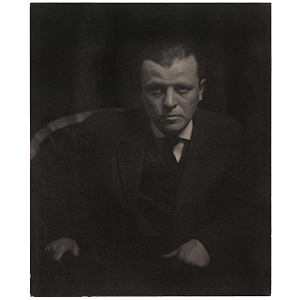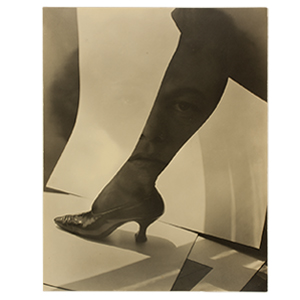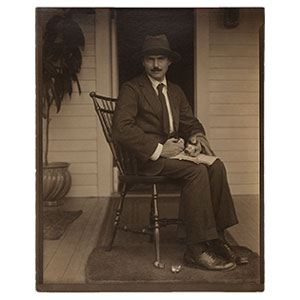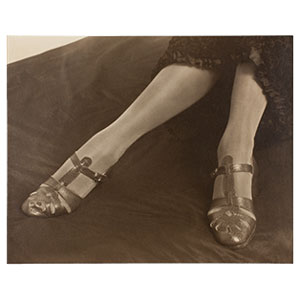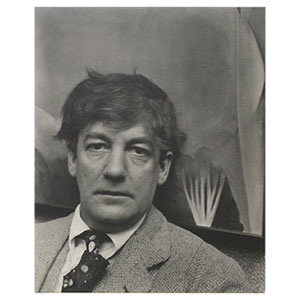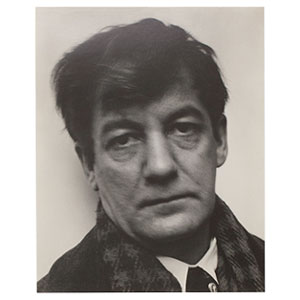Portraits of Americans
Beginning in 1910, toward the end of the gallery 291’s run and continuing into the 1920s and ’30s, Alfred Stieglitz produced a series of portraits of the circle of American artists and authors who surrounded him. These images reveal Stieglitz’s shift away from painterly Pictorialism and toward straight photography while also attesting to the photographer’s intimate connection to the subjects. As Daniel Catton Rich, then director of the Art Institute of Chicago, put it in 1949, “His portraits of the great of his period will remain their accepted portraits for the future. Almost every portrait came through a tremendous personal understanding; they are like records of deep friendships or a series of love affairs.”[1]
Among those Stieglitz photographed were members of the group of American painters he supported at 291, Anderson Galleries, the Intimate Gallery, and An American Place—such as Arthur Dove, Marsden Hartley, and John Marin—as well as the American authors Waldo Frank and Sherwood Anderson, who sought to describe the national spirit in their writings. Stieglitz often shot the artists in front of works in his galleries (most notably, in front of paintings by Georgia O’Keeffe), or in the rural setting of Lake George. He also portrayed writer and editor Dorothy Norman, his devotee and lover in later years, in a series reminiscent of his portraits of O’Keeffe.
The subjects of these portraits seem to be vitally alive; in earlier images, the figures seem almost sculpted as they emerge out of darkness, while later works a slight blurriness, likely an effect of the long exposure time, implies barely restrained motion. During this period Stieglitz preferred platinum, palladium, and gelatin silver papers, whose matte surfaces often bear a slight sheen. In 1919, writing to Paul Strand about the various photographic papers he was experimenting with, he described wanting a “real skin smoothness for virtually everything,” something he seems to have achieved in these portraits.[2]
These photographs not only represent a collective portrait of Stieglitz’s circle, but also reveal his pursuit of a distinctly American strain of modernism. As he wrote in the pamphlet for a 1921 exhibition, “I was born in Hoboken. I am an American. Photography is my passion. The search for Truth my obsession.”[3]
[1] Daniel Catton Rich, “The Stieglitz Collection,” Bulletin of the Art Institute of Chicago 43, No. 4 (Nov. 15, 1949), pp. 64-72.
[2] Alfred Stieglitz to Paul Strand, Apr. 27, 1919, Paul Strand Collection, Center for Creative Photography, University of Arizona, Archive Group 17, box 23–24.
[3] Alfred Stieglitz, An Exhibition of Photography by Alfred Stieglitz: 145 Prints, Over 128 of which Have Never Been Publicly Shown, Dating from 1886–1921, exh. cat. (Anderson Galleries, 1921), n.p.


